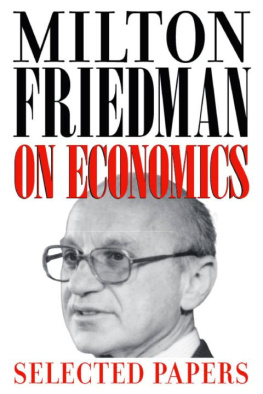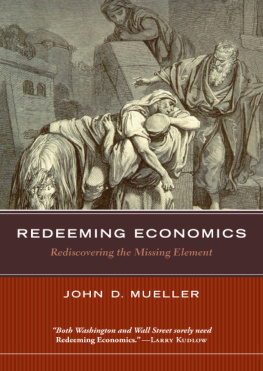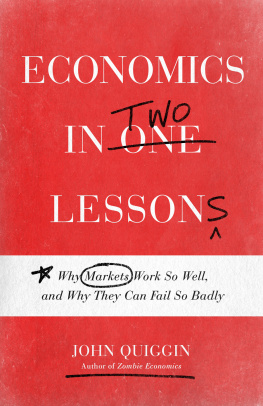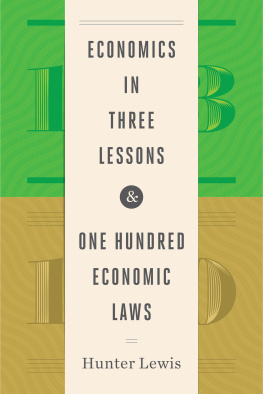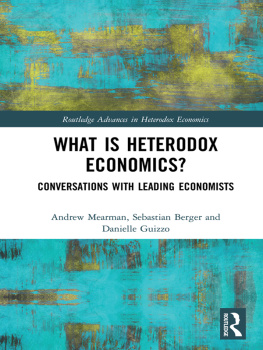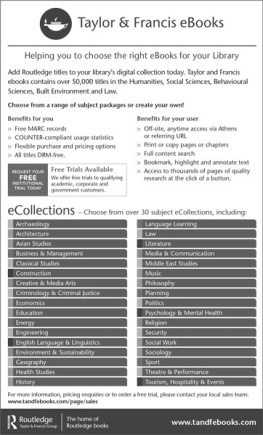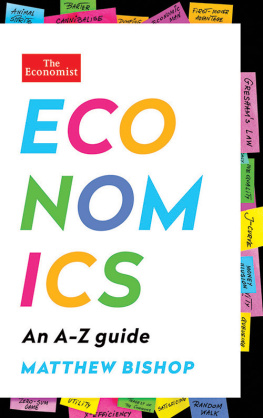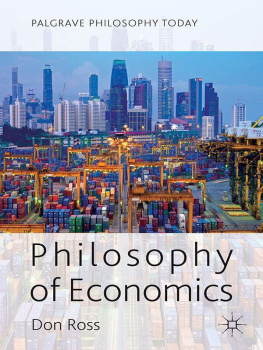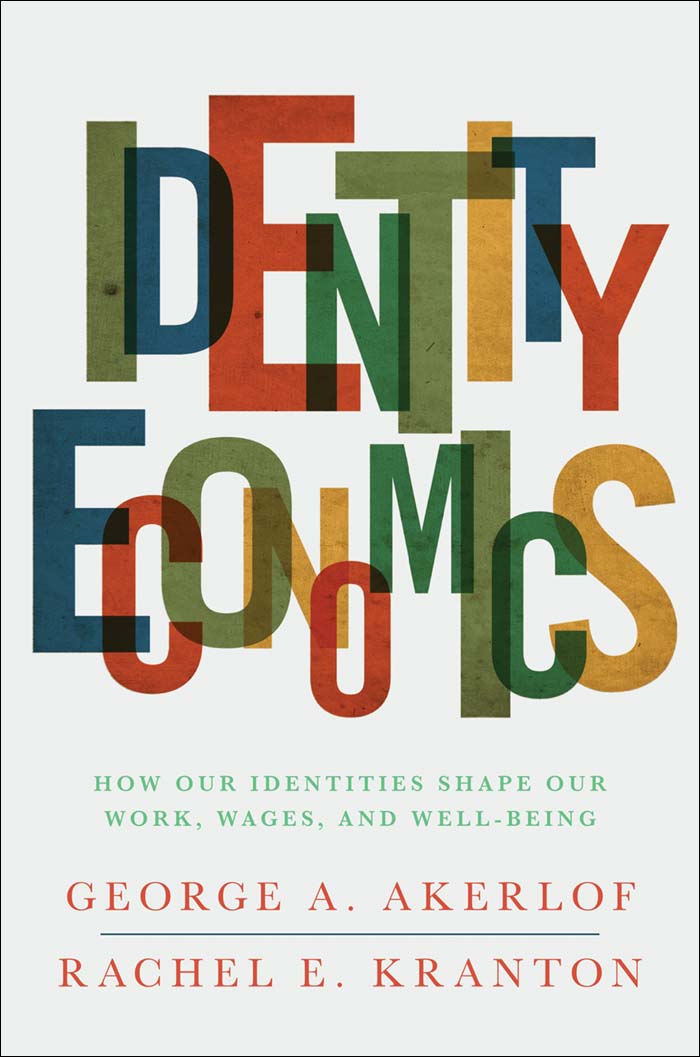Identity Economics

A new cadet (on left) entering West Point salutes the cadet in the Red Sash (on right) in his company. During Reception Day, the new cadets begin the process of becoming United States Army officers. They undergo administrative processing, are fitted with their initial issue of military clothing, have their hair cut, and start their first lessons in marching, military manners, and discipline.
http://www.westpoint.edu
Identity Economics
HOW OUR IDENTITIES SHAPE OUR
WORK, WAGES, AND WELL-BEING
G EORGE A. A KERLOF
AND
R ACHEL E. K RANTON
Princeton University Press PRINCETON AND OXFORD
Copyright 2010 by Princeton University Press
Published by Princeton University Press, 41 William Street,
Princeton, New Jersey 08540
In the United Kingdom: Princeton University Press,
6 Oxford Street, Woodstock, Oxfordshire OX20 1TW
All Rights Reserved
Library of Congress Cataloging-in-Publication Data
Akerlof, George A., 1940
Identity economics : how our identities shape our work, wages, and well-being / George A. Akerlof and Rachel E. Kranton.
p. cm.
Includes bibliographical references and index.
ISBN 978-0-691-14648-5 (hbk. : alk. paper)
1. EconomicsPsychological aspects. 2. Identity (Psychology). 3. EconomicsSocial aspects. I. Kranton, Rachel E. II. Title.
HB74.P8A4944 2010
306.3dc22
2009038216
British Library Cataloging-in-Publication Data is available
This book has been composed in New Baskerville and Syntax by Princeton Editorial Associates, Inc., Scottsdale, Arizona
Printed on acid-free paper.
press.princeton.edu
Printed in the United States of America
10 9 8 7 6 5 4 3 2 1
Contents
Part One
Economics and Identity
ONE
Introduction
ANN HOPKINS WAS HIRED in Price Waterhouses Office of Government Services in 1978. By all accounts, she was hardworking and diligent. She retrieved from the discard pile a State Department request for proposals and masterminded it into a contract worth approximately $25 million. But the promotion did not go through.
What was deemed wrong with her performance? Colleagues complained about her deportment and the way she treated her staff. In their written comments on her promotion, the senior partners observed: Needs a course in charm school, macho, and overcompensated for being a woman. Her boss, who supported her, told her that if she wanted to make partner she should walk more femininely, talk more femininely, dress more femininely, wear makeup and jewelry, and have her hair styled.
Price Waterhouse v. Hopkins is an illustration of identity economics at work. The partners were applying contemporary norms for behavior: men were supposed to behave one way, women another. We could interpret these views as reflecting basic tastes or preferencesthey just liked working with women who talked and walked more femininely. But these are not basic tastes such as I like bananas and You like oranges, which are the foundations of the economic theory of trade. Rather, these tastes depend on the social setting and who is interacting with whom. The tastes derive from norms, which we define as the social rules regarding how people should behave in different situations. These rules are sometimes explicit, sometimes implicit, largely internalized, and often deeply held. And the preferences or tastes that derive from these norms are frequently the subject of dispute, so much so thatas in Hopkinsthey may even be adjudicated in court.
This book introduces identity and related norms into economics. The discipline of economics no longer confines itself to questions about consumption and income: economists today also consider a wide variety of noneconomic motives. But identity economics brings in something new. In every social context, people have a notion of who they are, which is associated with beliefs about how they and others are supposed to behave. These notions, as we will see, play important roles in how economies work.
We begin with the Hopkins case because the type of identity involvedthat of genderis so obvious. Even as toddlers, children learn that boys and girls should act differently. But gender, and equally obviously race, are just the clearest manifestations of identity and norms. In this book we study norms in many different contextsin workplaces, homes, and schools.
Origins of Identity Economics
Our work on identity and economics began in 1995, when we were both, by coincidence, based in Washington, DC. We had been together at BerkeleyGeorge as a professor, Rachel as a graduate student. George then went to the Brookings Institution while his wife was serving on the Federal Reserve Board. Rachel was at the University of Maryland.
He had ignored identity, she wrote, and this concept was also critically missing from economics more generally. We decided to meet. Quite possibly, we thought, identity was already captured in the economics of the time; perhaps it was already included in what we call tastes.
We talked for months. We discussed the research of sociologists, anthropologists, psychologists, political scientists, historians, and literary critics. We discussed the focus on identity: how people think they and others should behave; how society teaches them how to behave; and how people are motivated by these views, sometimes to the point of being willing to die for them. We worked to distill many ideas and nuances, to develop a basic definition of identity that could be easily incorporated into economics. And we saw that including identity would have implications for fields as disparate as macroeconomics and the economics of education.
This book builds an economics where tastes vary with social context. Identity and norms bring something new to the representation of tastes. Garden-variety tastes for oranges and bananasto continue with the earlier exampleare commonly viewed as being characteristic of the individual. In contrast, identities and norms derive from the social setting. The incorporation of identity and norms then yields a theory of decision making where social context matters.
This vision of tastes is important because norms are powerful sources of motivation. Norms affect fine-grain decisions of the momentdecisions as trivial as which T-shirt we wear to go jogging. Norms drive life-changing decisions as well: on matters as important as whether to quit school, whether and whom to marry, whether to work, save, invest, retire, and fight wars. We will see throughout the book that identities and norms are easy to observe. Anthropologists and sociologists are professional observers of norms. But norms and identities are also easy to see in day-to-day life. We have already seen two examples: Goldman Sachs, with its fourteen principles, and Price Waterhouse, with the partners descriptions of Hopkins. People express their
Until now, economists have had neither the language nor the analytical apparatus to use such evidence or to describe such norms and motivations. Of course, many economists have suggested related nonmonetary reasons for peoples actions, such as morality, altruism, and concern for status. This book provides both a vocabulary and a unifying analytical framework to study such motives.


